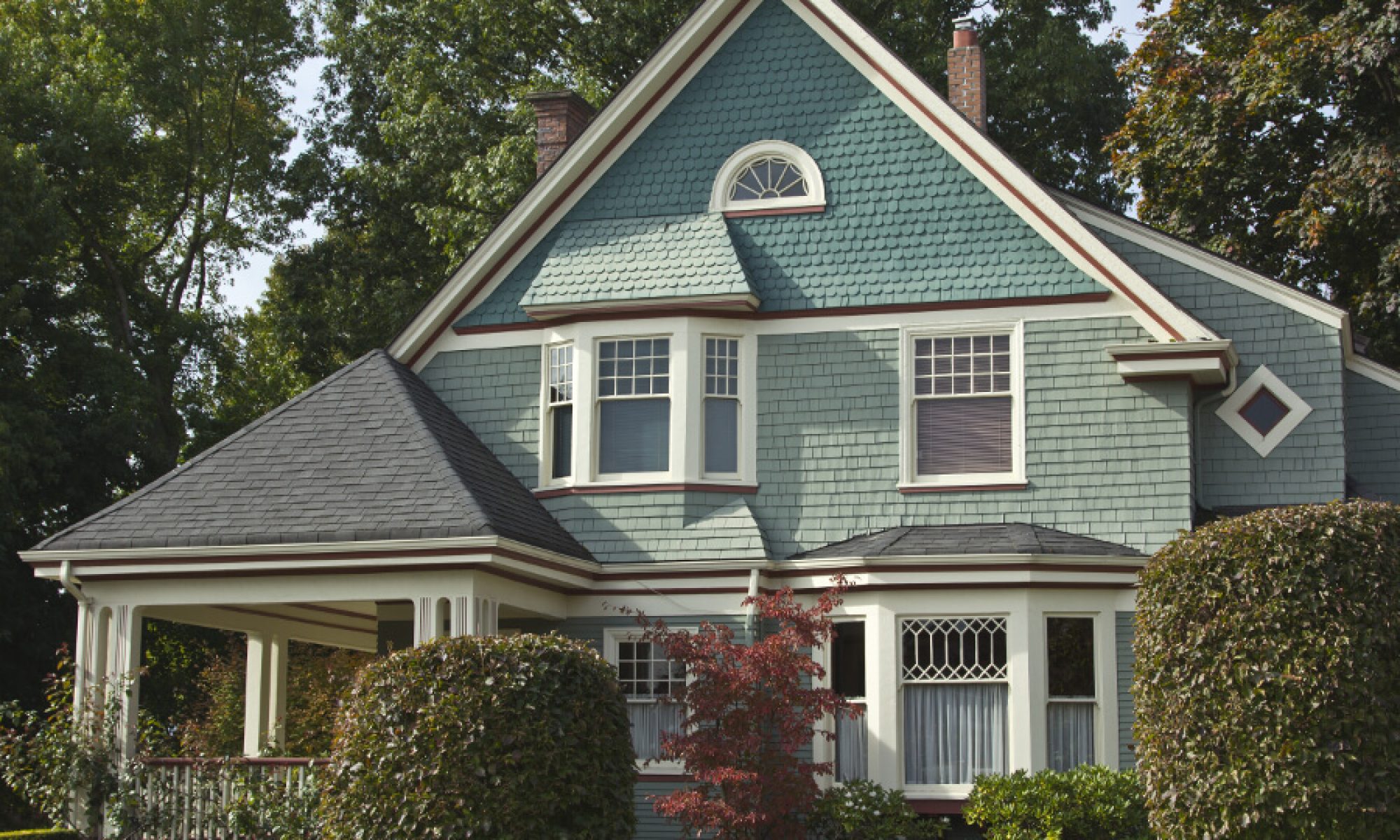Radon (Rn) is an inert, radioactive gas formed by the decay of radium which exits naturally in soil, rock and ground water. It is found in most soils, rocks and mineral deposits, especially in areas where there are uranium and phosphate deposits. It decays in four days and changes to four short-lived radon progeny. Radon progeny are solids that often physically or chemically attach themselves to particulates. When inhaled, they are deposited along the respiratory tract.
Health Effects
The decay of progeny by alpha emission damages living tissue. Most lung concerns which are not caused by tobacco smoke (10% to 20%) are attributed to Rn progeny.
Sources
The primary source of radon is the infiltration of radon-laden soil gas into the building through cracks or other faults in the buildingÆs substructure. The pressure difference (depressurization) causing this infiltration may result from stack and wind effects, improper combustion appliance venting or exhaust ventilation systems. Radon can come from building materials, such as concrete aggregate and gypsum board, or from water released into the air by heating, agitation or aeration. Source strength can vary widely.
Detection
You may buy radon testing canisters at larger hardware stores or look in the telephone directory under Radon Gas or Laboratories.
Control and Maintenance
– Avoid building in high source areas, or excavate and replace with low source fill.
– Use building materials with low radium content.
– Improve foundation construction to reduce cracks or porosity.
– Seal cracks and other faults in basement floors and walls, or cover surfaces to seal out radon.
– Use sub-slab ventilation: use one or more fans to draw soil gas from beneath a slab floor and exhaust this soil gas to the outside. Coarse granular fill below the slab makes this easier.
– Pressurize the basement slightly.
– Use an air cleaner to remove progeny bearing particulates.
– Increase air re-circulation within the dwelling.
– Increase overall ventilation of the building.
Copyright (2013) CBCG – Reprinted with permission

